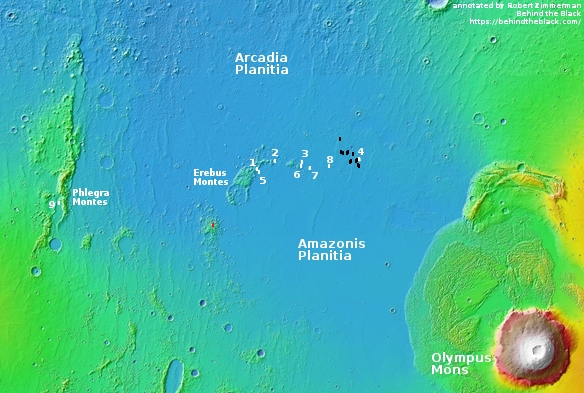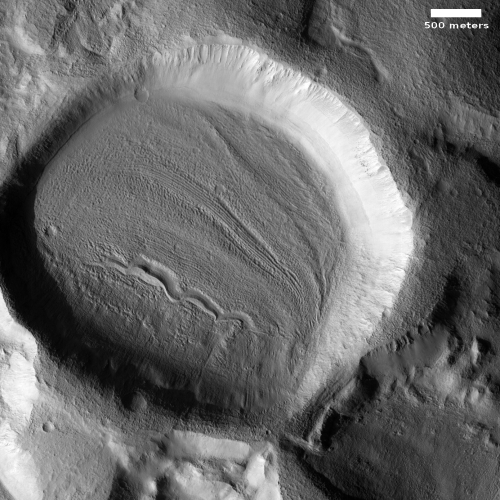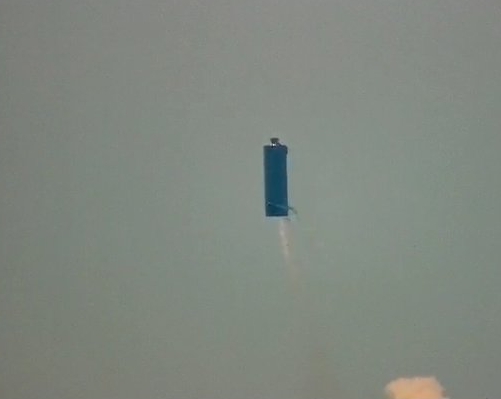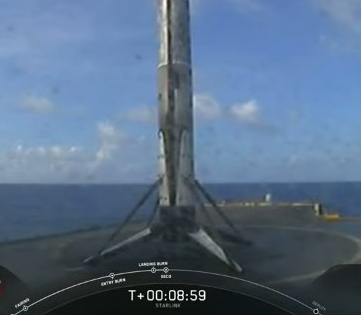Musk to personally review SpaceX launch procedures
Capitalism in space: As a result of the spate of launch aborts in the past few weeks, the head of SpaceX, Elon Musk, is now planning a personal review of the company’s launch facilities in Florida next week.
Musk would like SpaceX to increase its cadence such that it can reach 48 launches in 2021, which would more than double the company’s previous record for total number of missions in a single year. Technical scrubs like the ones this week would prevent this. Achieving frequent launches will require smooth operations.
“We’re doing a broad review of launch site, propulsion, structures, avionics, range & regulatory constraints this weekend,” Musk tweeted. “I will also be at the Cape next week to review hardware in person.”
This review aligns with the company’s entire strategy regarding rocketry. Instead of accepting such aborts as the cost of doing business, Musk wants to review procedures to see if launches can be made more reliable.
Musk’s statement that they want to be able to do 48 launches next year is most intriguing, as it suggests, based on their manifest of launches, that they are going to launch a lot of Starlink satellites.
Capitalism in space: As a result of the spate of launch aborts in the past few weeks, the head of SpaceX, Elon Musk, is now planning a personal review of the company’s launch facilities in Florida next week.
Musk would like SpaceX to increase its cadence such that it can reach 48 launches in 2021, which would more than double the company’s previous record for total number of missions in a single year. Technical scrubs like the ones this week would prevent this. Achieving frequent launches will require smooth operations.
“We’re doing a broad review of launch site, propulsion, structures, avionics, range & regulatory constraints this weekend,” Musk tweeted. “I will also be at the Cape next week to review hardware in person.”
This review aligns with the company’s entire strategy regarding rocketry. Instead of accepting such aborts as the cost of doing business, Musk wants to review procedures to see if launches can be made more reliable.
Musk’s statement that they want to be able to do 48 launches next year is most intriguing, as it suggests, based on their manifest of launches, that they are going to launch a lot of Starlink satellites.





